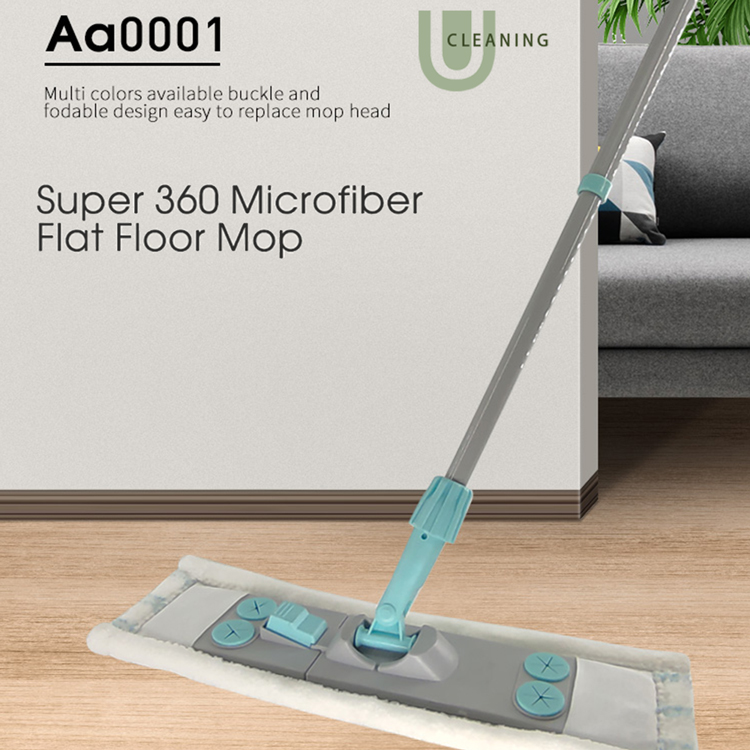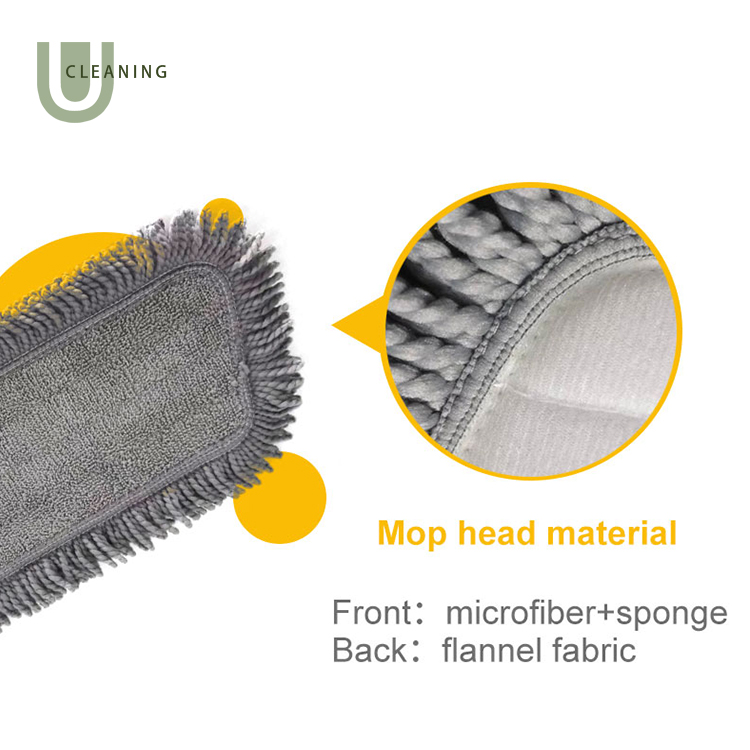The mop is one of the utensils where dirt resides most, and if you do not pay attention to cleaning, it will become a breeding ground for some microorganisms and disease-causing bacteria.
In the use of the mop, the most easily exposed to the organic components of the ground, these components will be used by fungi and bacteria, when they are in a humid environment for a long time, mold, fungi, candida and dust mites and other microorganisms and bacteria will grow rapidly. When it is used again, not only can it not clean the ground, it is more likely to cause the spread of bacteria, and cause diseases such as respiratory tract, intestinal tract and allergic dermatitis.
Whether the texture of the mop head is cotton, cotton thread, collodion, microfiber, etc., as long as it is not thoroughly cleaned and dried, it is easy to breed harmful substances. Therefore, the first principle of choosing a mop is that it is easy to clean and dry.
The mop used daily in the family does not advocate frequent disinfection. The use of disinfectant for disinfection is easy to cause unnecessary environmental pollution. And disinfectant similar to potassium permanganate solution, itself has color, it is very expensive to clean after soaking. It is recommended that after each mop is used, wash it carefully with water, wear gloves, wring out the mop, and then spread out the head to air. If there are conditions at home, it is best to put it in a ventilated and well-lit place, and make full use of the ultraviolet rays of the sun for physical sterilization; If there is no balcony, or it is not convenient to air, when it is not dry, it is best to move to a dry and ventilated room, and then put it back into the bathroom after drying.
Post time: Sep-15-2023


.jpg)

